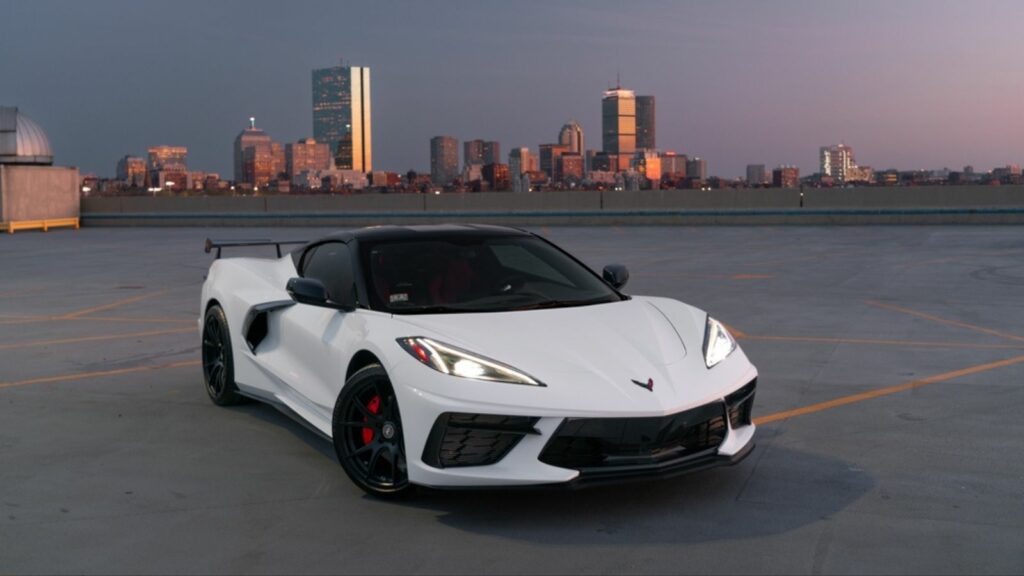For decades, savvy Canadian car buyers kept one eye on the U.S. market, scoring better-equipped vehicles at lower prices, until tariffs hit. With duties imposed on vehicles and parts, once-attractive cross-border deals disappeared almost overnight. Price differences narrowed, selection shrank, and many Canadian dealerships dropped U.S.-sourced models altogether. Here are 20 cross-border car deals that vanished overnight due to tariffs:
Ford F-150 King Ranch
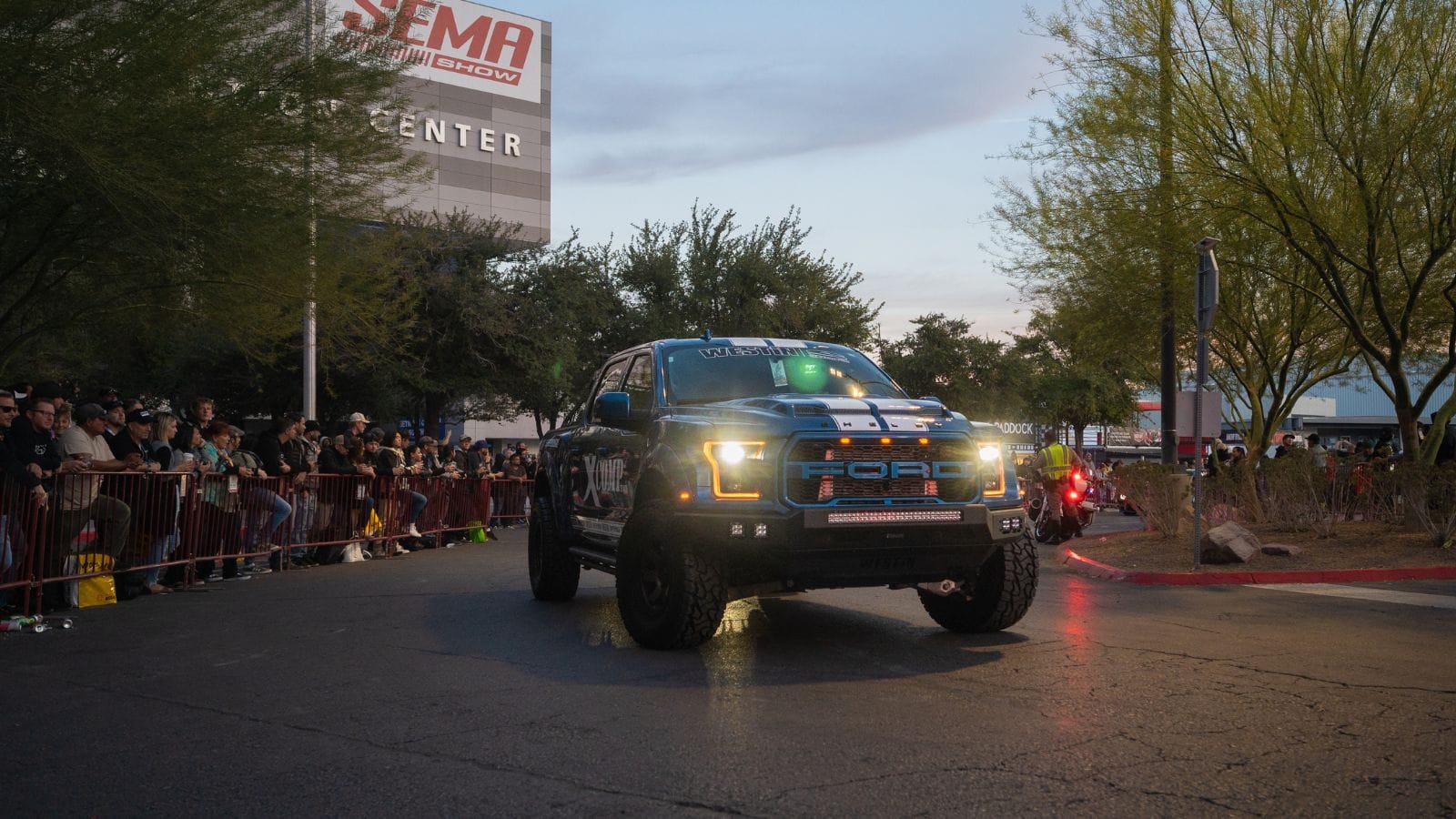
Once a top cross-border steal, the Ford F-150 King Ranch came loaded with Texas-style luxury, featuring heated and cooled leather seats, wood accents, and a twin-turbo 3.5L EcoBoost V6 that produced 400 horsepower. Canadians could save thousands by buying from U.S. dealers, especially with exchange rates working in their favor. However, when tariffs took effect, the added fees and paperwork eliminated the price gap. With the truck built in multiple U.S. plants, cross-border buyers faced additional duties, certification hassles, and lengthy delivery delays, erasing what had been one of Canada’s favorite import deals.
Chevrolet Suburban Premier
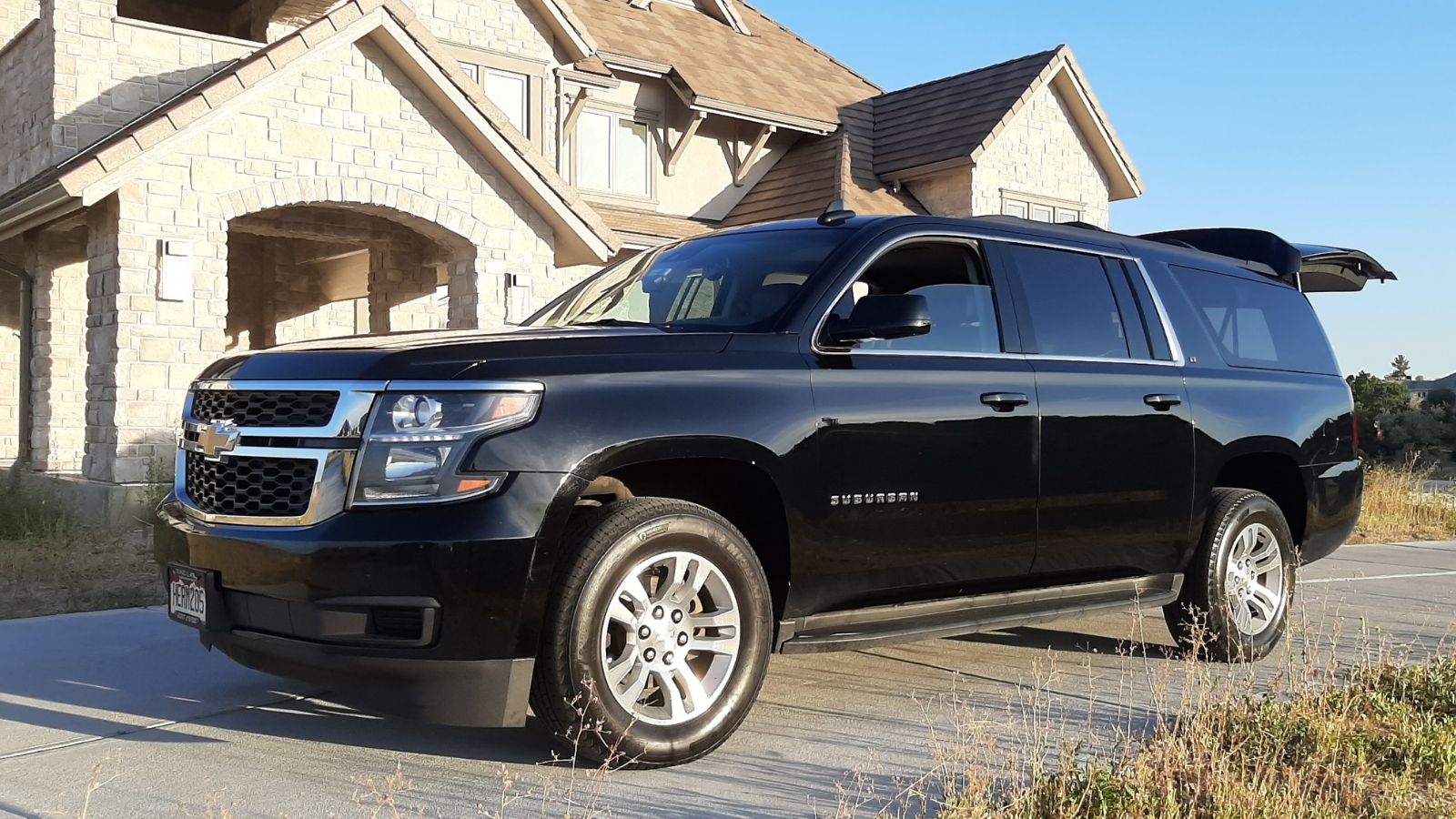
With space for eight and a 6.2L V8 that churns out 420 horsepower, the Chevrolet Suburban Premier was a cross-border dream for large families and road warriors. The U.S. version often came better equipped and thousands cheaper. But once tariffs were imposed on full-size SUVs, that advantage evaporated. Importing one now means high border duties, emissions compliance costs, and long wait times. Dealers across Canada saw interest vanish overnight, and what had been a clever savings play turned into a logistical and financial headache.
Jeep Wrangler Rubicon 4xe
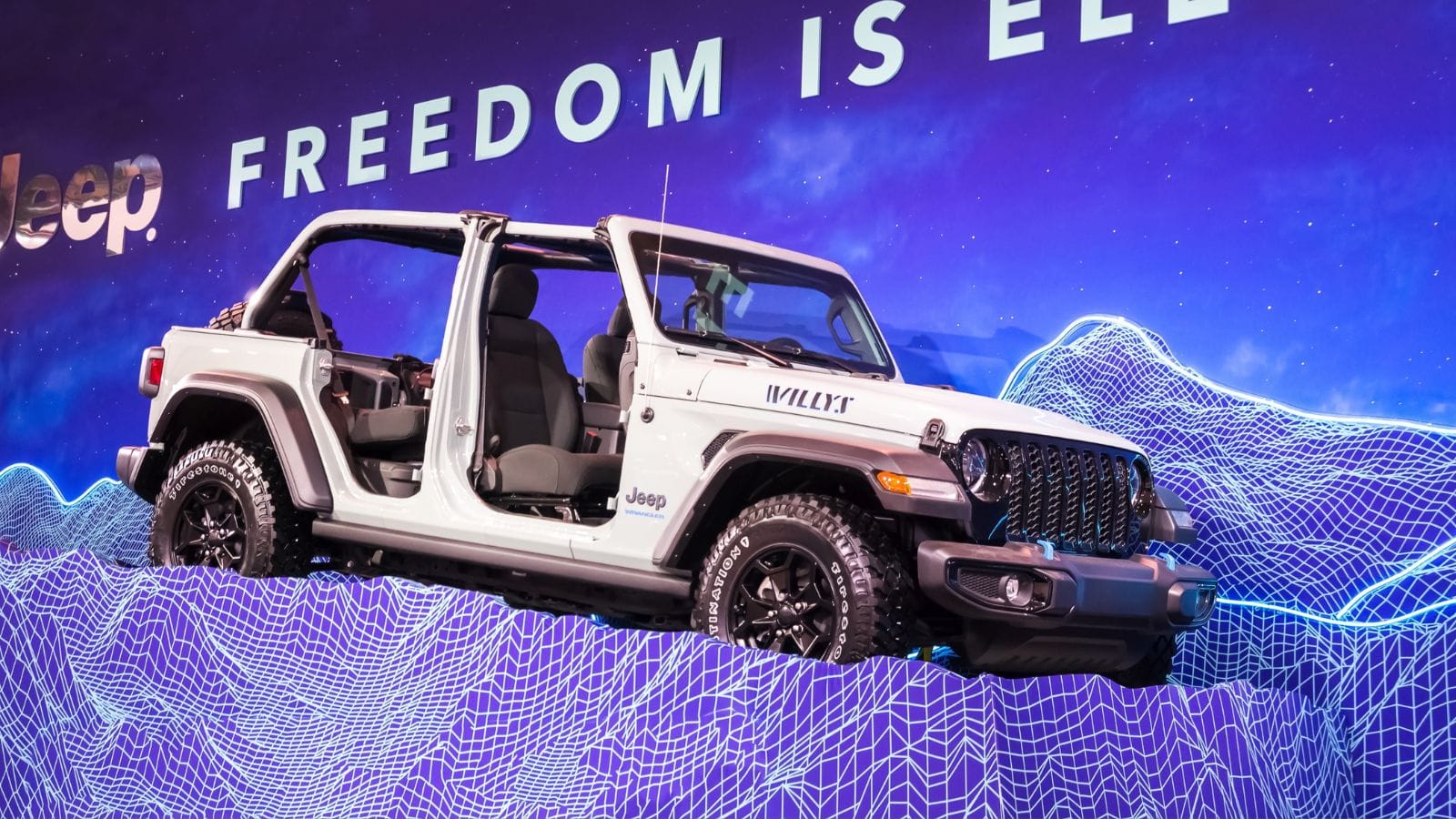
The plug-in hybrid Jeep Wrangler 4xe Rubicon, boasting 375 combined horsepower, 21 miles of electric-only range, and unmatched off-road capabilities, has become a hot-ticket item among Canadian adventurers. U.S. pricing made it even more attractive, with fully loaded models often thousands of dollars below the Canadian MSRP. However, the moment tariffs were applied to hybrid systems and imported parts, the paperwork and costs skyrocketed. Border agents flagged conversions, leaving Canadian buyers with inflated dealer markups and fewer U.S.-spec options.
Tesla Model 3 Long Range
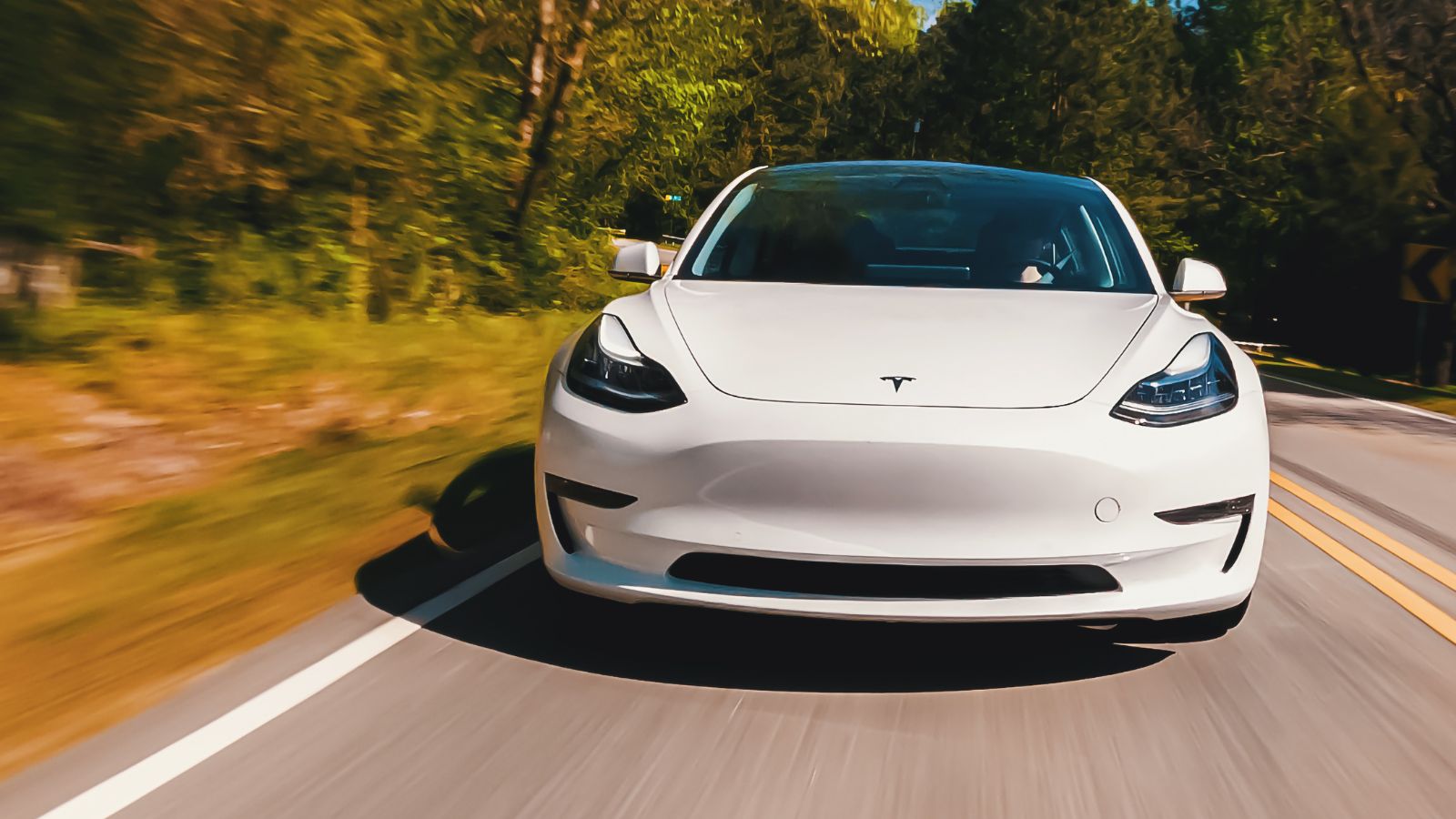
With its dual motors, 358-mile range, and 0–60 mph time of 4.2 seconds, the Model 3 Long Range was once a go-to for Canadians importing electric cars. The U.S. versions had lower prices and were available earlier. But new tariffs on EV components and shifting North American content rules made cross-border Tesla imports far less appealing. Warranty limitations, software lockouts, and delivery hold-ups sealed the deal’s fate. Today, Canadians have little choice but to buy domestically, at higher prices and with longer waits.
Toyota Tundra TRD Pro
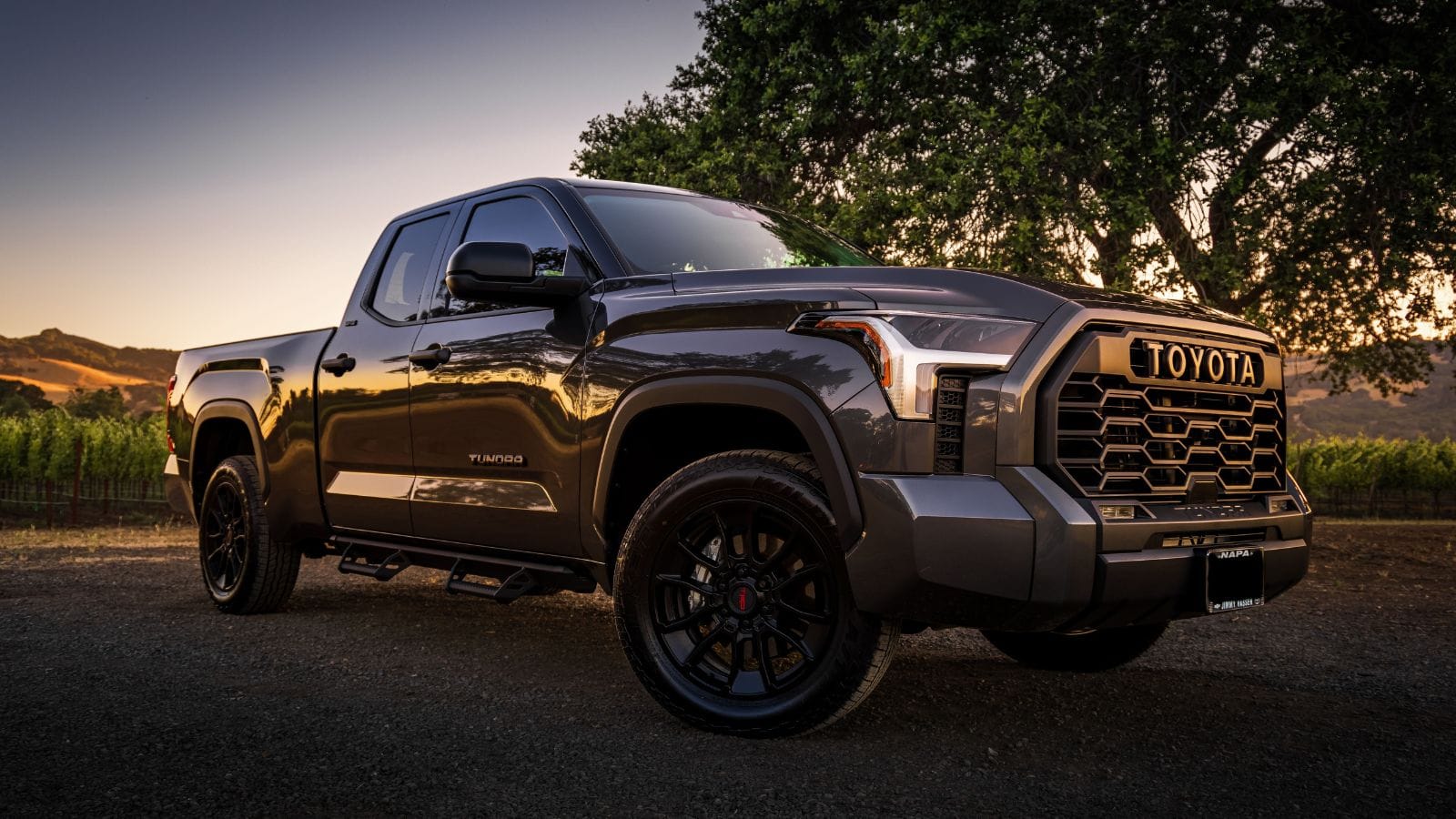
Built in San Antonio, Texas, the Toyota Tundra TRD Pro, complete with a 437-hp twin-turbo V6 hybrid and Fox suspension, was once thousands cheaper south of the border. Canadian buyers would likely opt for the better-equipped U.S. models. However, when tariffs were applied to trucks with American parts, the price advantage crumbled. Added duties and conversion issues, including lighting and instrumentation, pushed total costs beyond what local dealers were willing to pay.
Honda Odyssey Elite
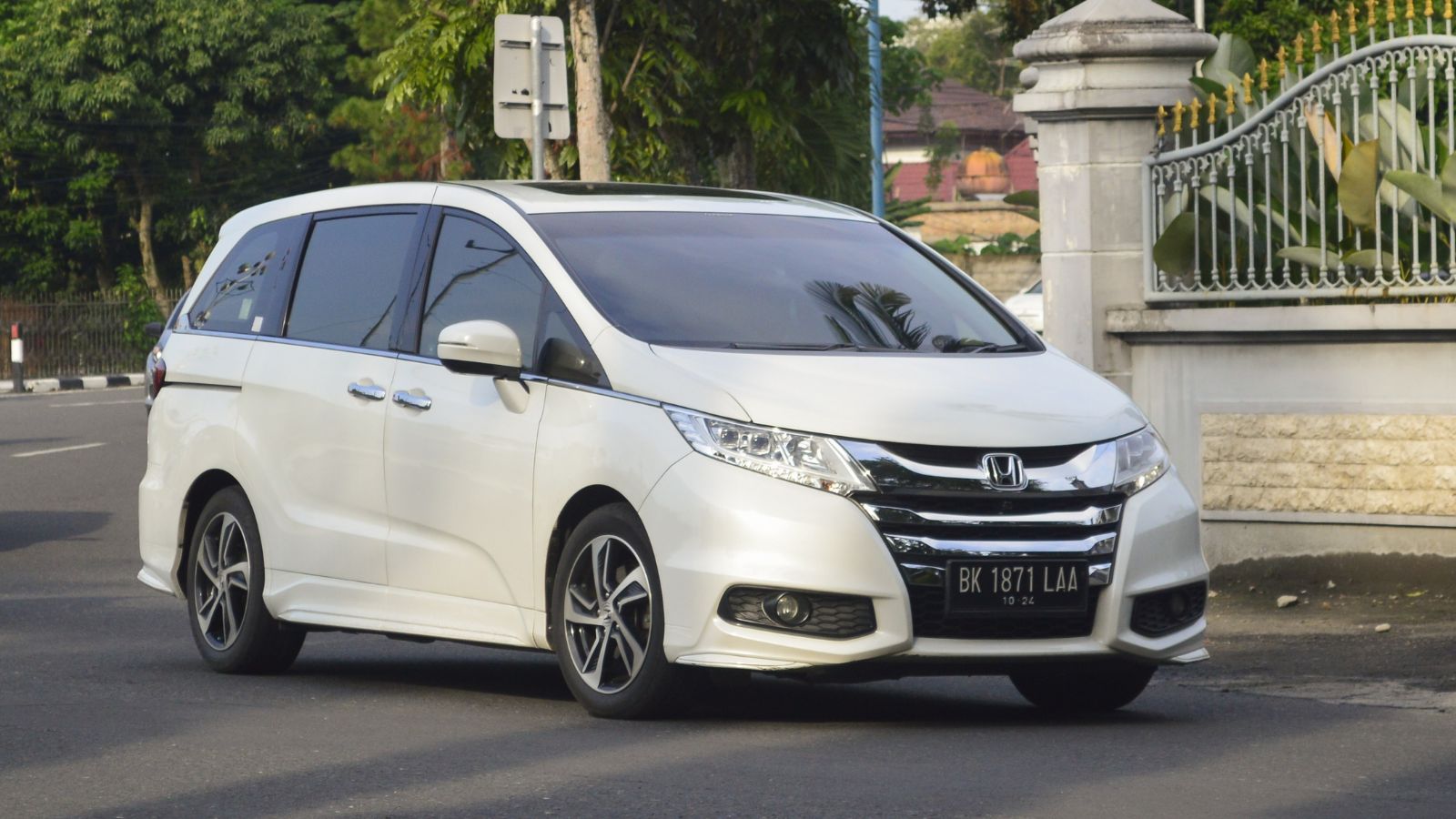
Minivans may not be appealing to many, but the U.S.-spec Honda Odyssey Elite, offering a 280-hp V6, rear entertainment, ventilated front seats, and a built-in vacuum, was a cross-border bargain. Canadian versions often lacked key features, and importers made a good profit by sourcing the better-equipped American models. Once tariffs on parts and finished vehicles took effect, however, the cost delta narrowed. Importing now means reprogramming systems, navigating stricter Transport Canada compliance rules, and covering inflated delivery costs.
GMC Sierra 1500 Denali Ultimate
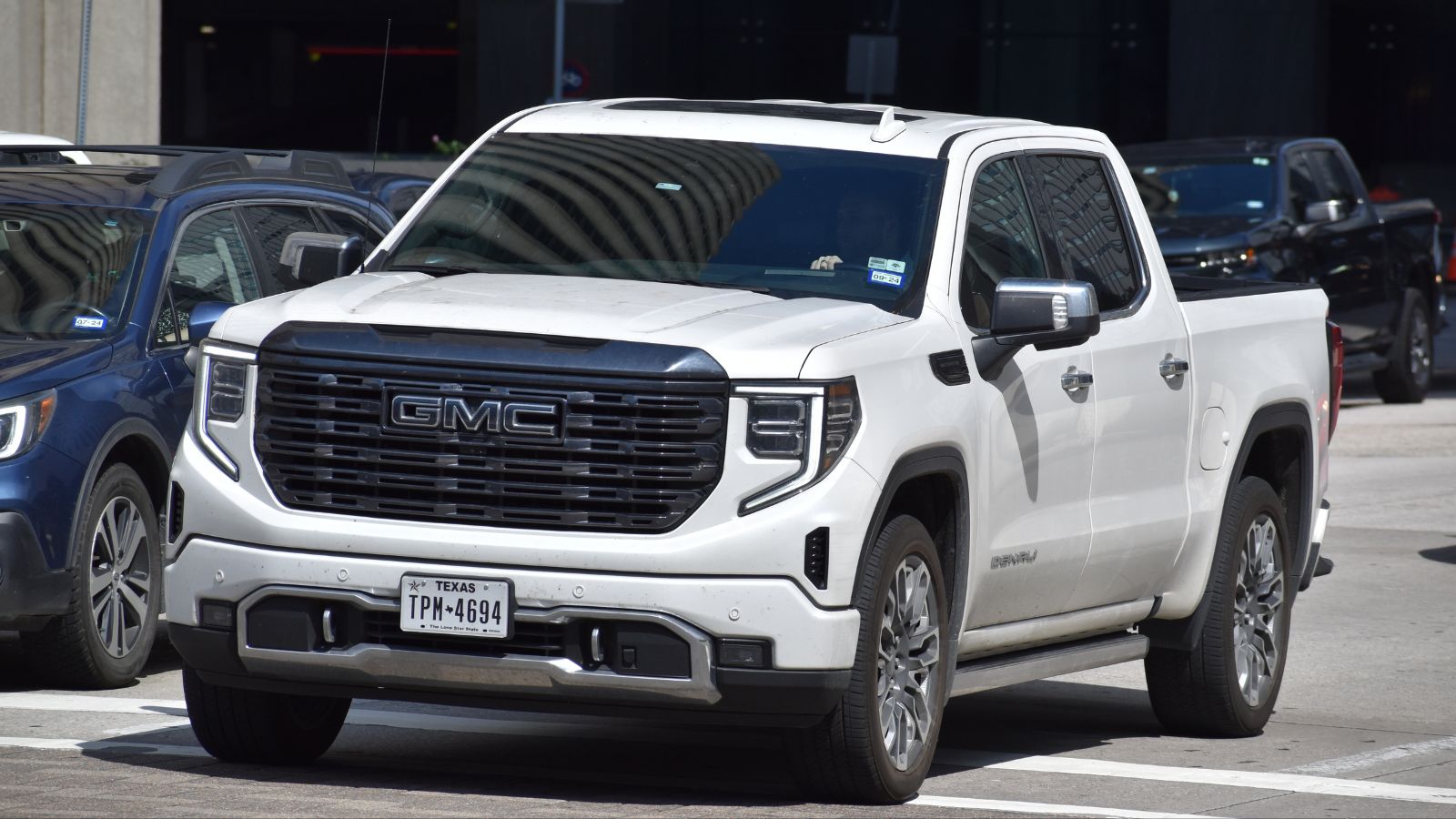
This luxury workhorse came with a 6.2L V8, adaptive ride control, massaging leather seats, and Super Cruise hands-free tech. Canadians frequently sourced the GMC Sierra Denali Ultimate from U.S. dealers to skip high local markups. However, its American production and luxury price point made it a prime target once tariffs were implemented, as added taxes, certification delays, and lost warranty coverage wiped out any potential savings.
Lexus RX 500h F SPORT Performance
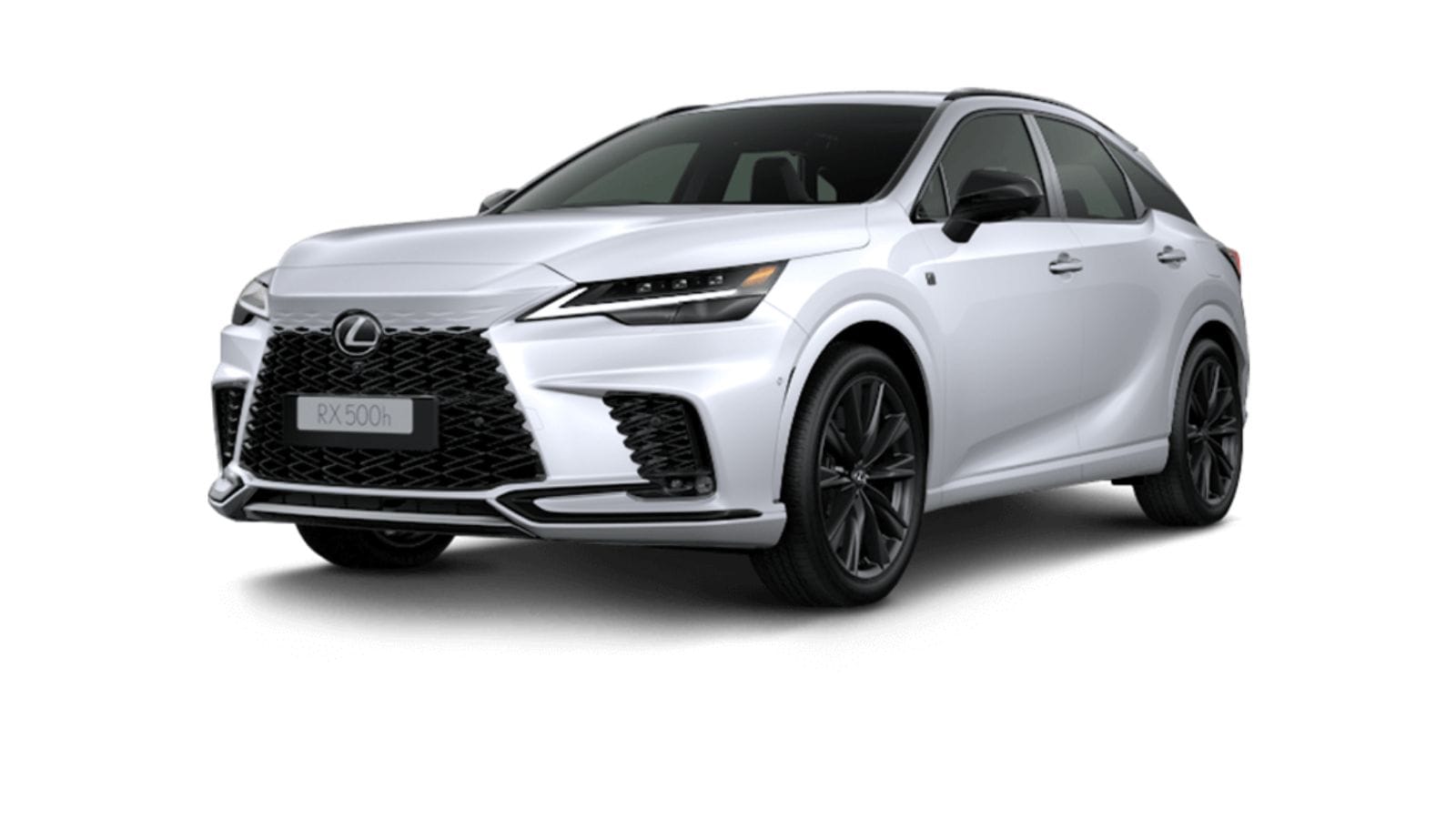
With a 366-hp hybrid powertrain, direct 0–60 in 5.9 seconds, and a tech-filled cabin, the RX 500h was highly sought-after. U.S. models often came with better packages at lower prices, attracting Canadian luxury buyers. But when hybrid systems and luxury imports were hit with tariffs, it stopped making financial sense, and differences in infotainment firmware and safety regulations further complicated the import process. Even cross-border brokers called it quits, citing a loss of profit and red tape.
Chevrolet Camaro ZL1

The supercharged 650-hp Camaro ZL1 could hit 60 mph in 3.5 seconds, and Canadian gearheads knew that U.S. models offered more options and cleaner pricing. But with high-performance parts now subject to steep import taxes, and the Camaro’s American assembly location, even modest imports got slapped with extra fees. Insurance complications and emissions tests didn’t help either, and Canadian buyers must now face homegrown sticker shock or look to used local inventory instead.
BMW X5 xDrive40i (U.S.-Spec)
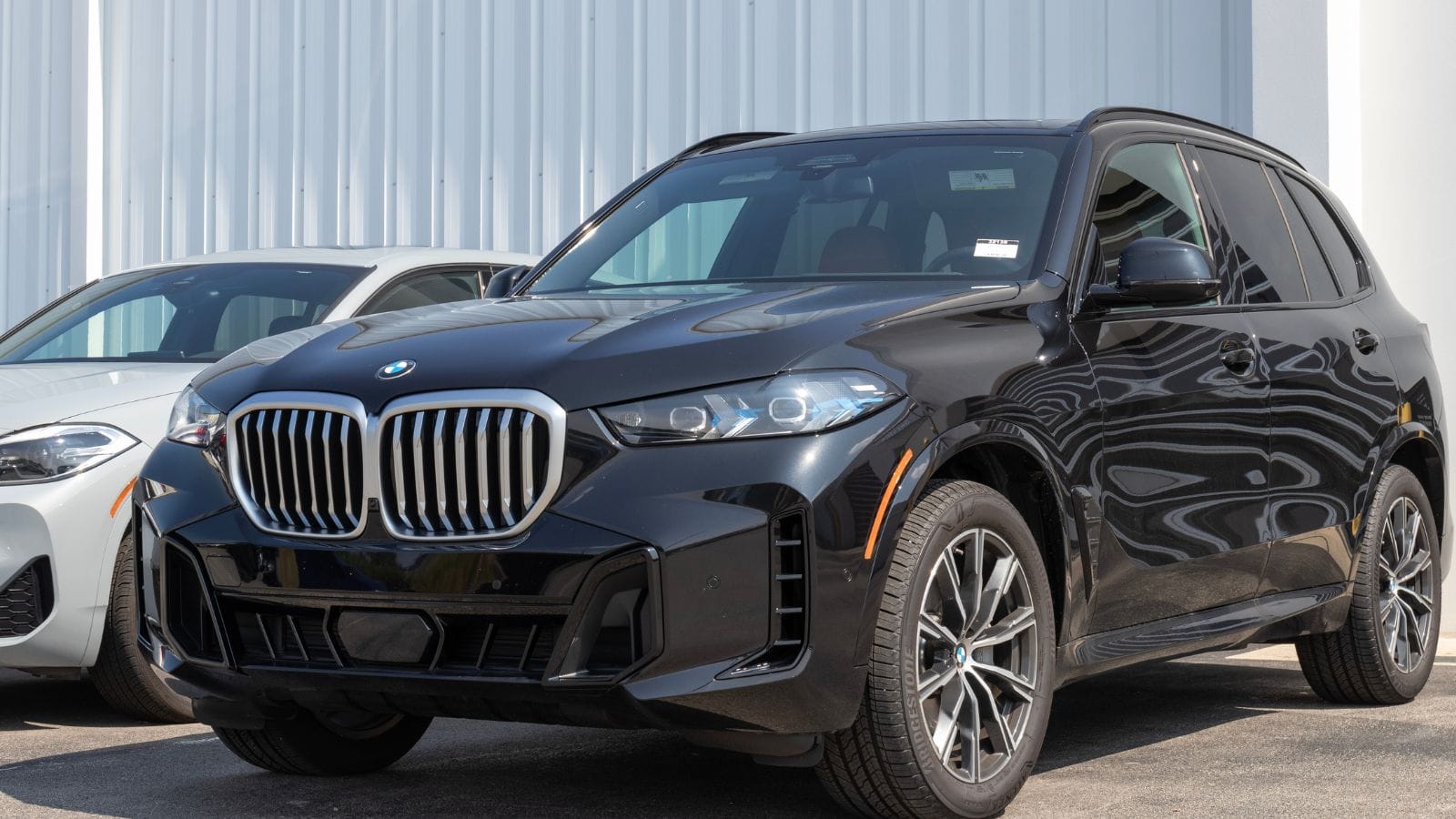
Although built in Spartanburg, South Carolina, the BMW X5 was often better equipped in the U.S. market, especially with premium packages. Canadian importers took advantage until tariffs applied to European-brand vehicles assembled in the U.S. changed the game. Now, that previously lucrative cross-border loophole is blocked by extra duties, shipping complications, and voided tech support for navigation and warranty features.
Ram 2500 Laramie Longhorn
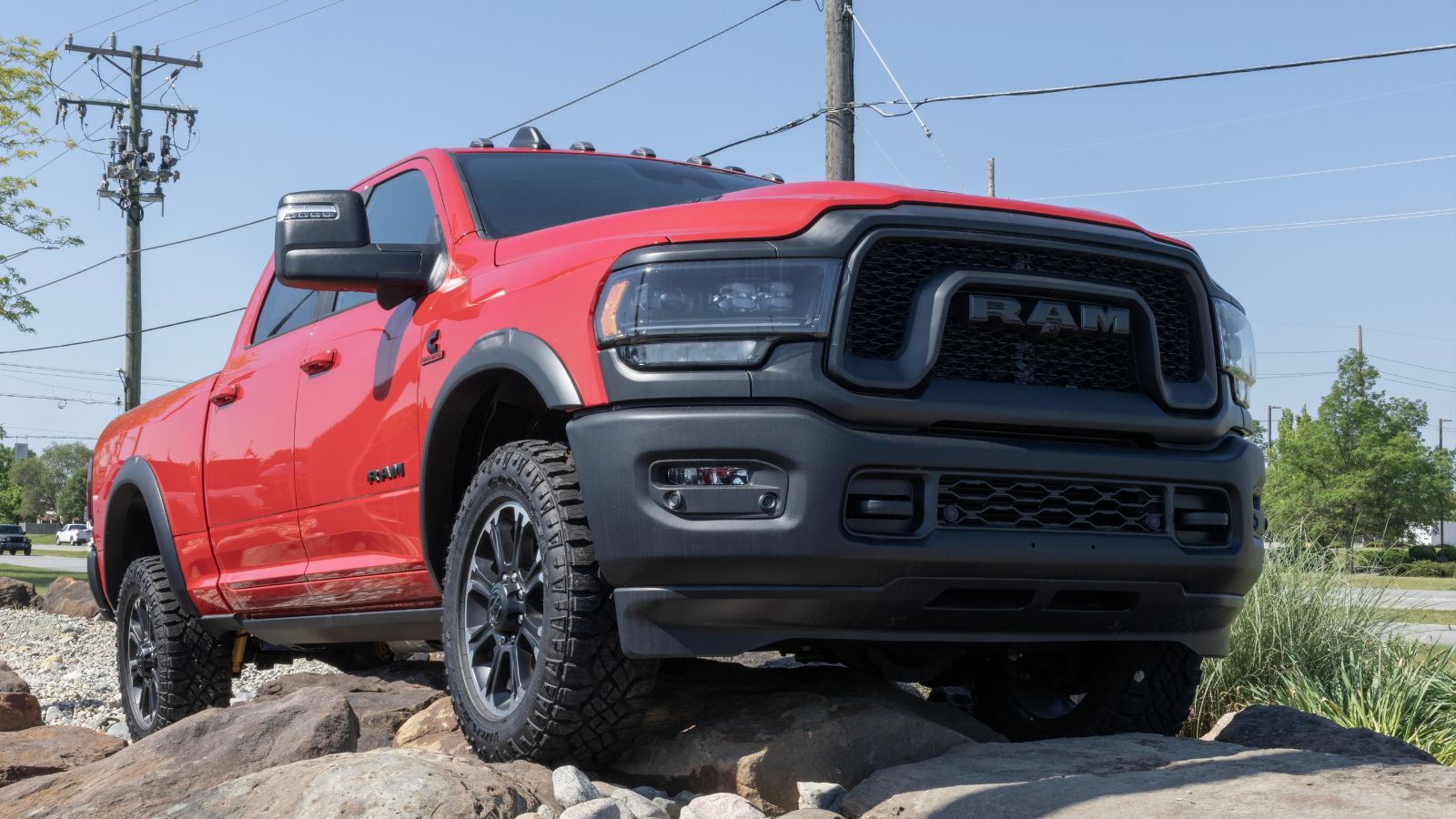
With a 6.7L Cummins diesel engine delivering 370 horsepower and 850 lb-ft of torque, the Ram 2500 Laramie Longhorn was a heavy-duty prize for Canadians buying south of the border. U.S. models often came with deluxe leather interiors, advanced towing tech, and better incentives. But when tariffs on trucks and powertrains increased, so did the hassle. Certification delays, warranty confusion, and emissions compliance costs made it almost impossible to justify the once-sizable savings.
Audi Q7 Prestige 55 TFSI
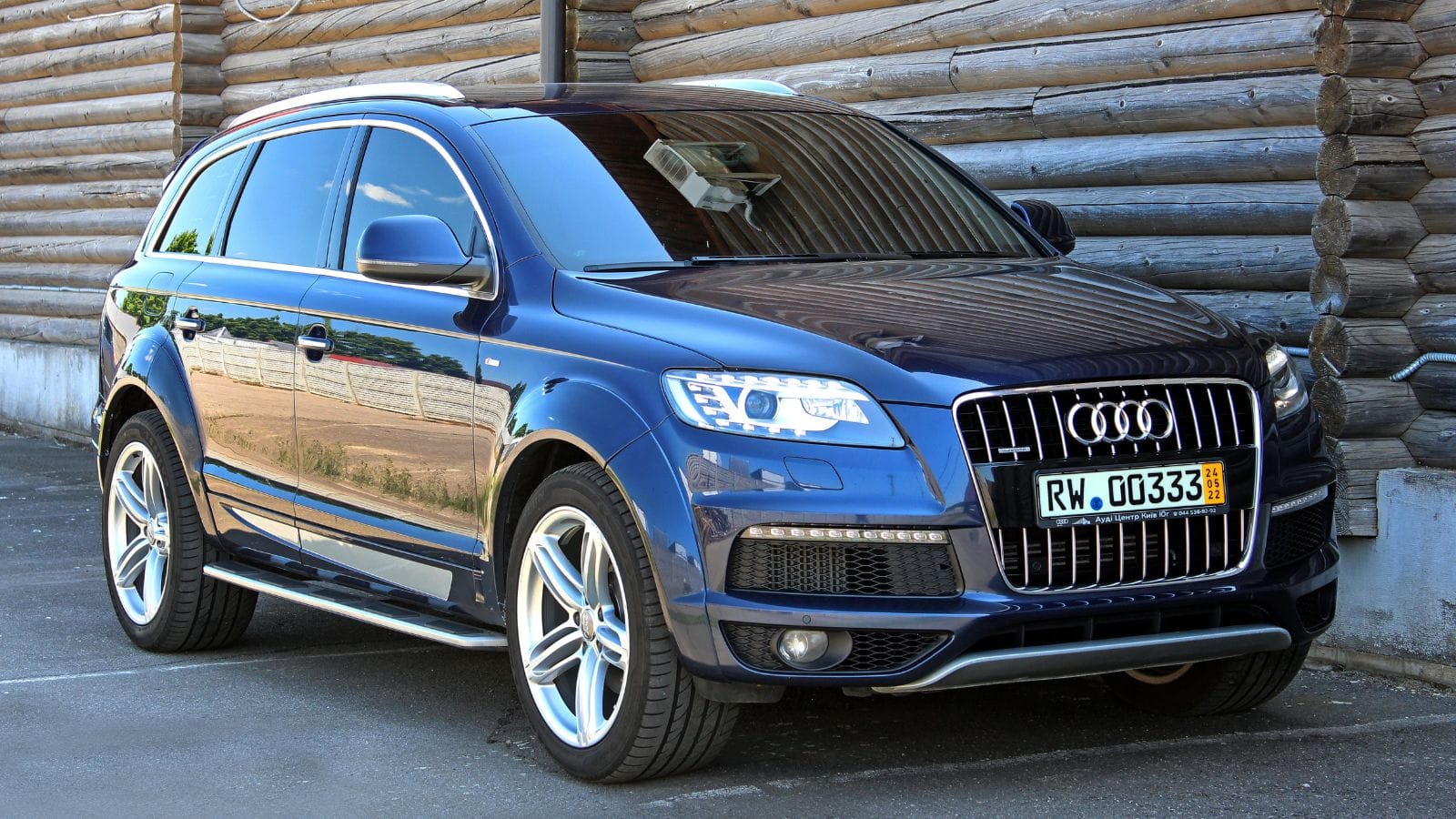
This three-row luxury SUV, offering 335 horsepower and quattro AWD, was long a favorite among Canadian families wanting German engineering without the domestic price tag. U.S. versions had stronger trim options, often bundled with Driver Assistance Plus and extended digital displays. But tariffs slapped on German manufacturers assembling in the U.S. erased the bargain. Add Transport Canada’s stricter lighting and tech compliance standards, and you’ve got a deal no longer worth pursuing as the cross-border luxury disappeared.
Ford Maverick Lariat Hybrid
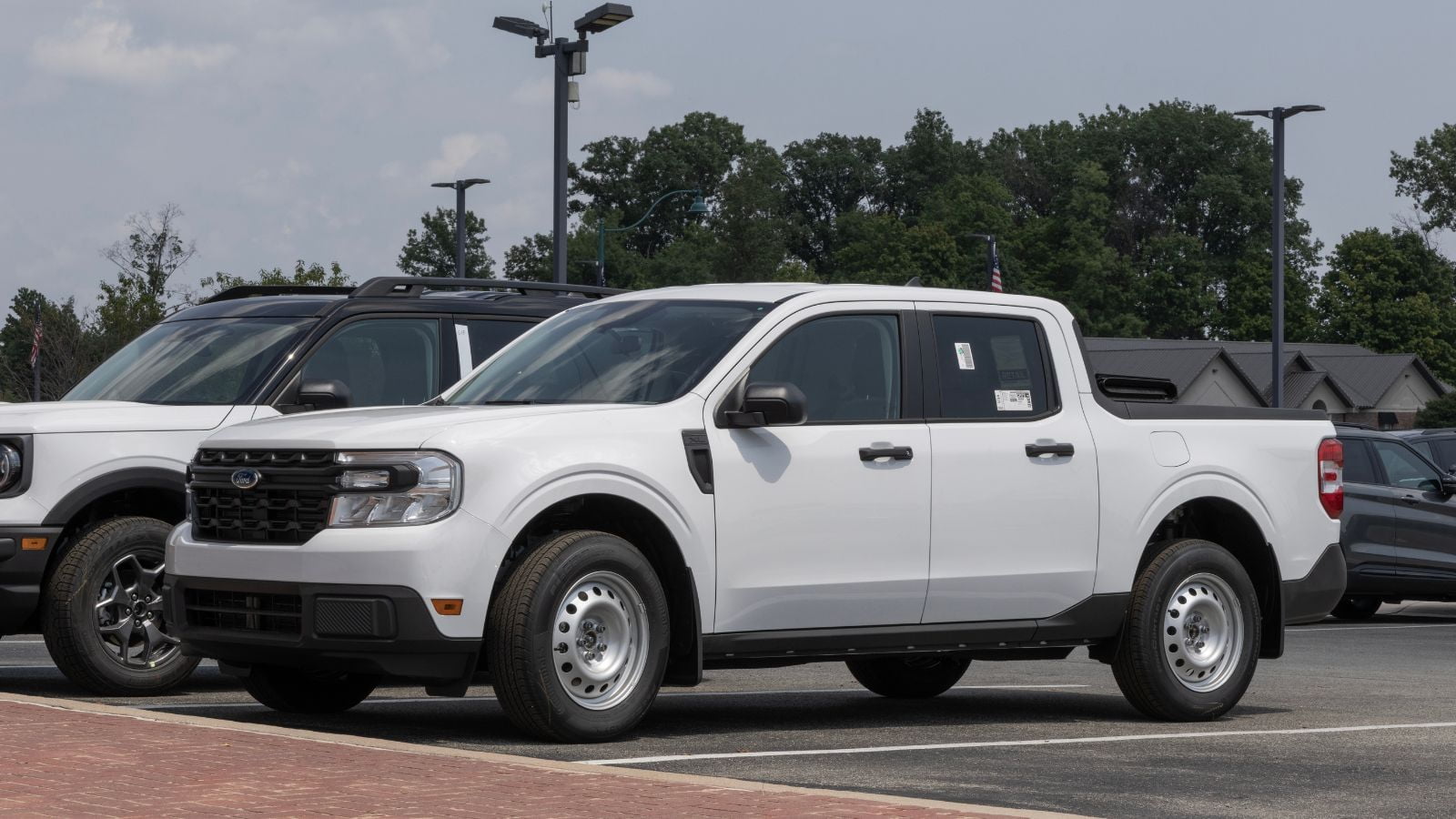
The Ford Maverick Hybrid promised affordability and fuel economy, boasting 191 combined horsepower and 40 mpg city in a compact pickup —a rare combination. U.S. dealers couldn’t keep them on the lots, and many Canadians crossed the border to grab better-equipped trims, such as the Lariat with Co-Pilot360 and heated seats. But with tariffs on electrified drivetrains and trucks, prices spiked. The red tape surrounding hybrid certification in Canada added insult to injury, and the Bargain Truck of the Year became logistically and financially out of reach for Canadian buyers.
Mercedes-Benz GLE 450 4MATIC
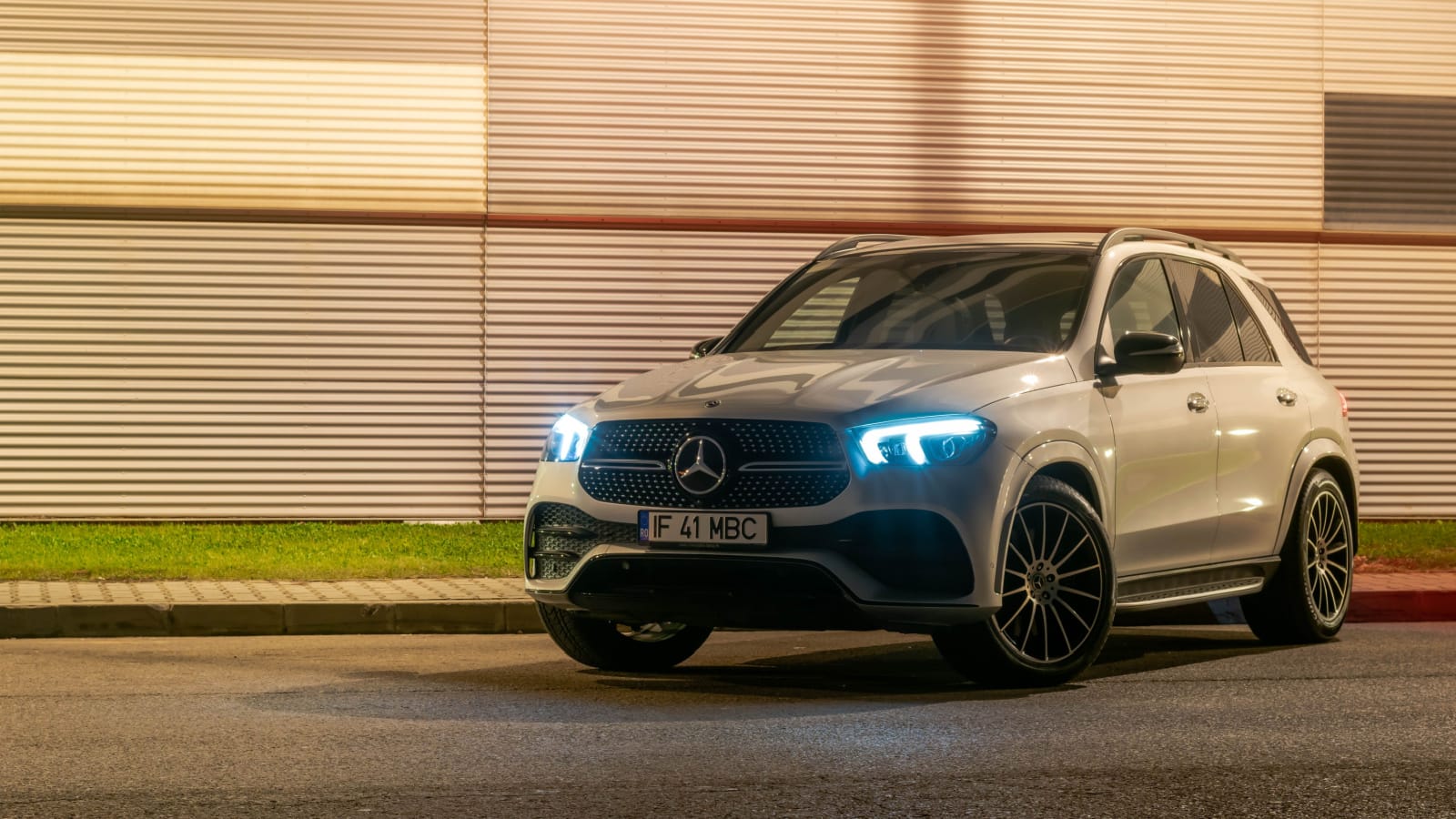
Powered by a 362-hp turbo inline-six with EQ Boost, the GLE 450 delivered smooth luxury, advanced safety tech, and plush interiors. For years, Canadians imported U.S.-spec models to skip inflated luxury taxes and access better equipment. But once tariffs targeted high-end vehicles and German brands, this strategy collapsed, as navigation systems required reprogramming, and warranty coverage was often voided at Canadian service centers.
Subaru Outback Wilderness
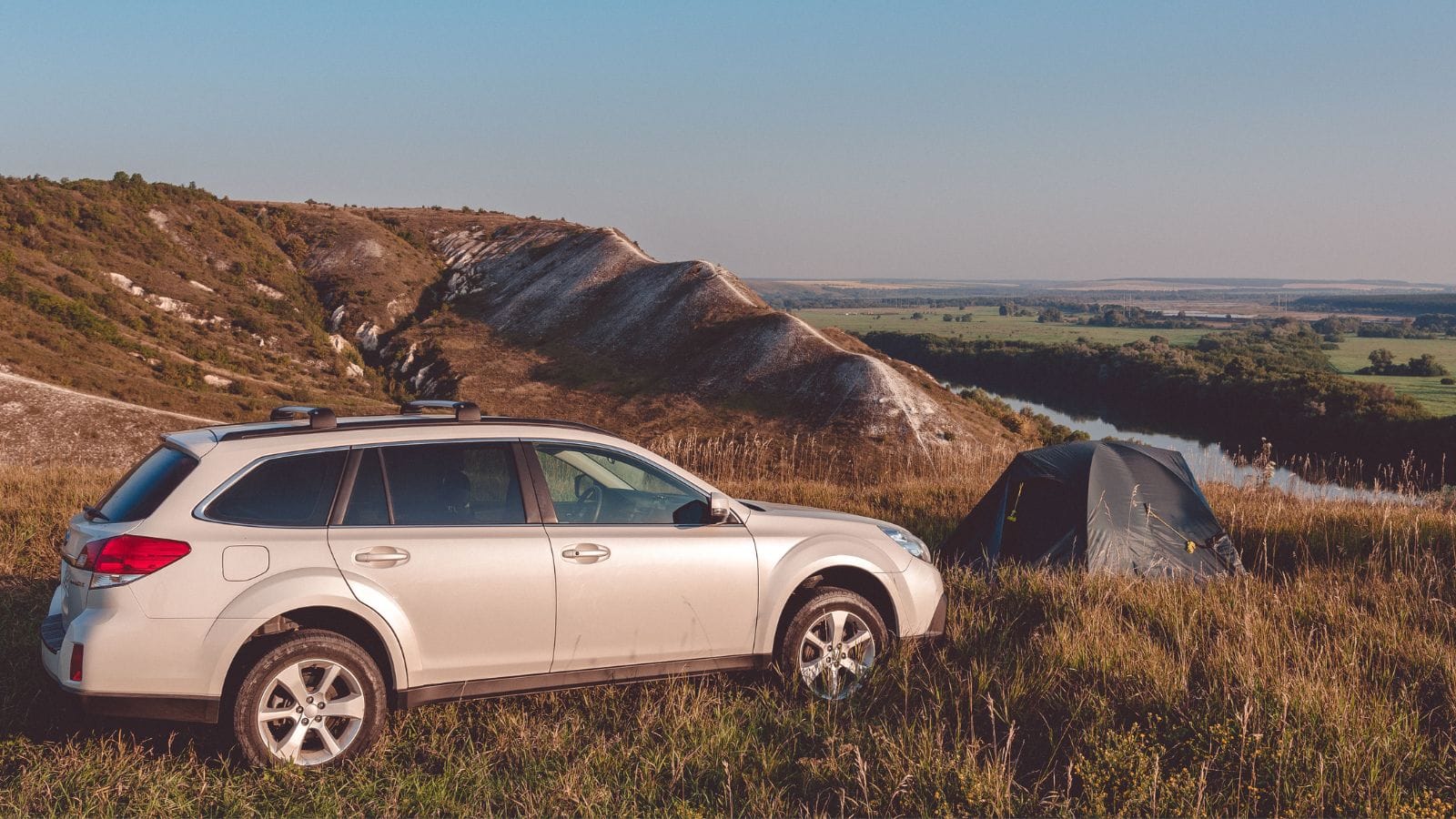
Rugged, lifted, and powered by a turbocharged 260-hp engine, the Subaru Outback Wilderness became a cult favorite among outdoorsy Canadians. U.S. models featured more available colors and trims, and were often more affordable as well. But when tariffs hit crossover imports and parts, combined with higher certification costs on adventure-focused models, the edge disappeared. Canadian dealers ramped up prices due to supply pressures, leaving cross-border deals as relics of the pre-tariff era.
Dodge Challenger R/T Scat Pack Widebody
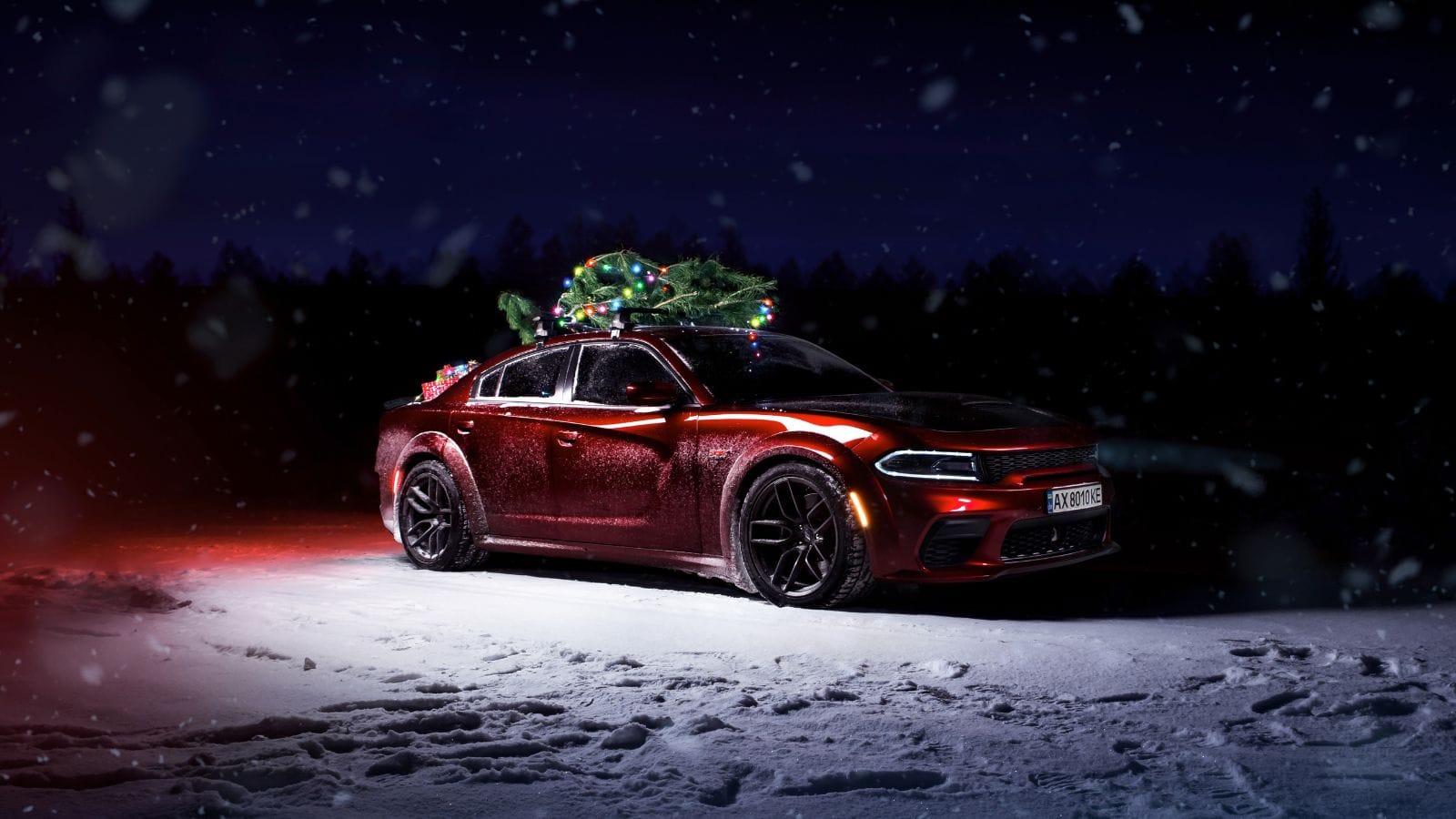
With 485 horsepower from its 6.4L HEMI V8, the Scat Pack Widebody was all about muscle. Canadian buyers once scored serious savings and better inventory from U.S. dealers. However, after tariffs were imposed on performance vehicles and specialty trims, import fees piled on quickly. Lighting conversion, emissions testing, and safety inspection added delays and costs. Even the once-common workaround of broker-assisted deals dried up, which made the dream of snagging an American deal officially over for muscle car fans in Canada.
Hyundai Palisade Calligraphy
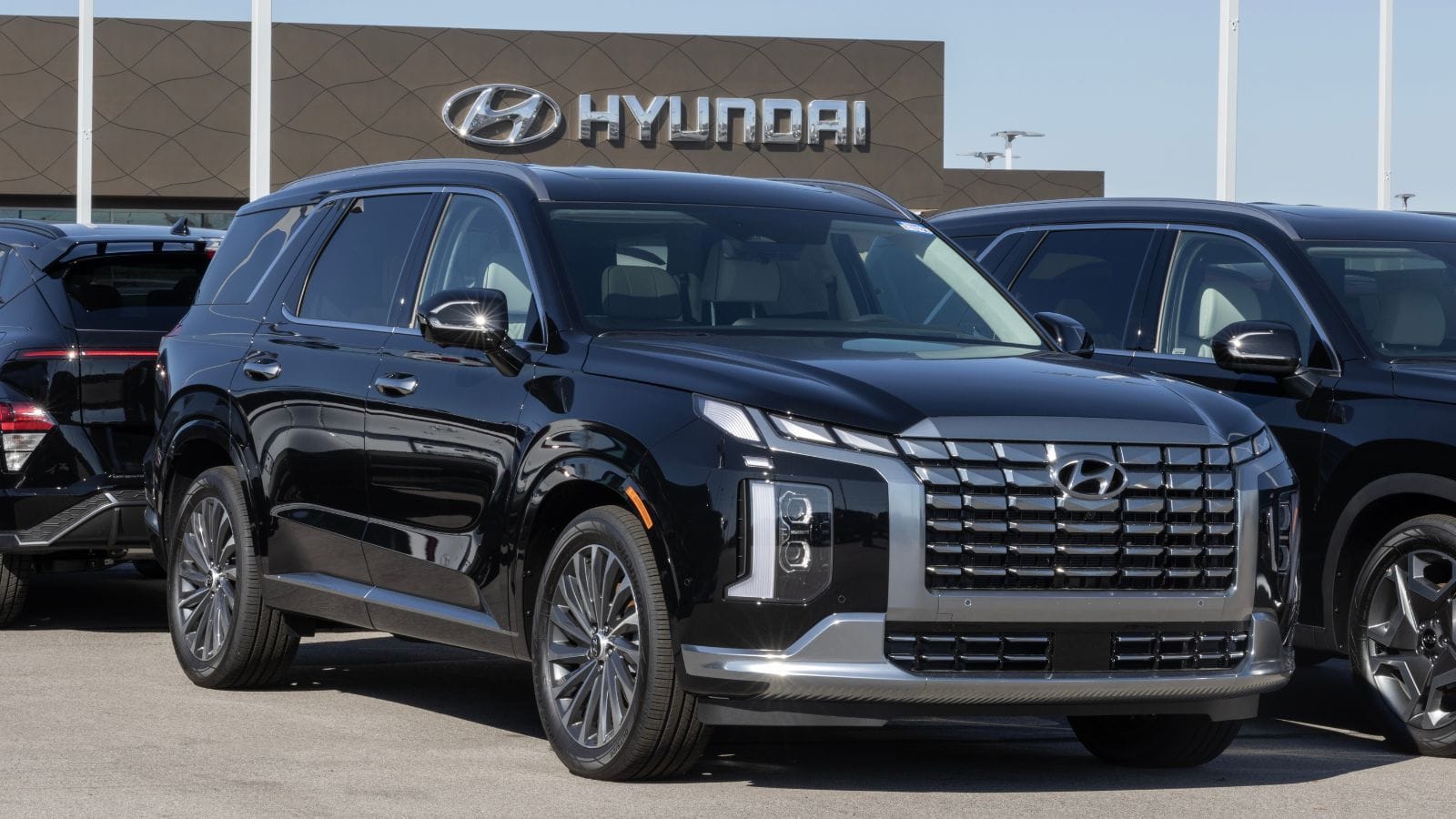
Offering quilted Nappa leather, a 291-hp V6, and near-luxury features at mid-tier prices, the U.S.-spec Palisade Calligraphy was a family favorite for Canadians looking across the border. The American market often offered better trim availability and quicker delivery. But with tariffs on Korean-brand SUVs assembled in the U.S., the savings vanished, as compliance costs and delayed parts delivery for cross-border warranty service added more headaches.
Nissan Frontier PRO-4X
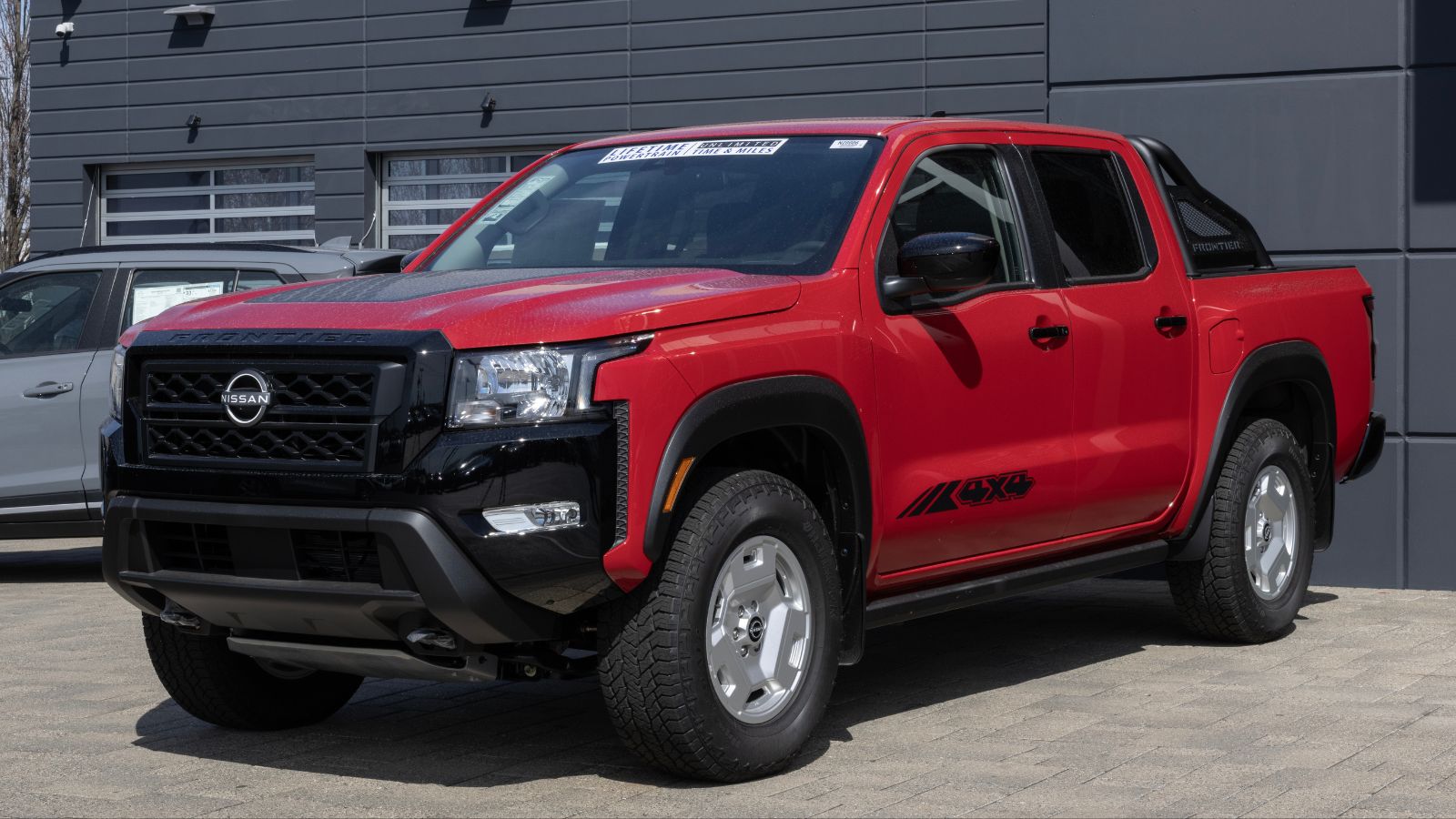
Redesigned and re-powered with a 310-hp V6, the Nissan Frontier PRO-4X was a rugged, compact truck that Canadians often imported for the better-equipped U.S. trims. However, with tariffs targeting light trucks and Japanese automaker models built in the United States, those days are behind us. Importation now involves additional taxes, modified safety features, and Transport Canada complications related to tech and display compliance, as the PRO-4X went from a hot cross-border steal to a cautionary tale in less than a year.
Acura MDX Type S

Boasting a 355-hp turbo V6, air suspension, and upscale interiors, the MDX Type S appealed to Canadians who could snag U.S. versions at better prices. The Performance Wheel and Tire Package alone made it worthwhile, even with the extra paperwork. However, tariffs on luxury SUVs, along with Canadian certification bottlenecks, ultimately ended the deal, as onboard tech often required updates to meet Canadian standards, and cost offsets disappeared. The premium Acura, once a hidden import hack, became too complicated and too costly to bother.
Chevrolet Corvette Stingray 3LT
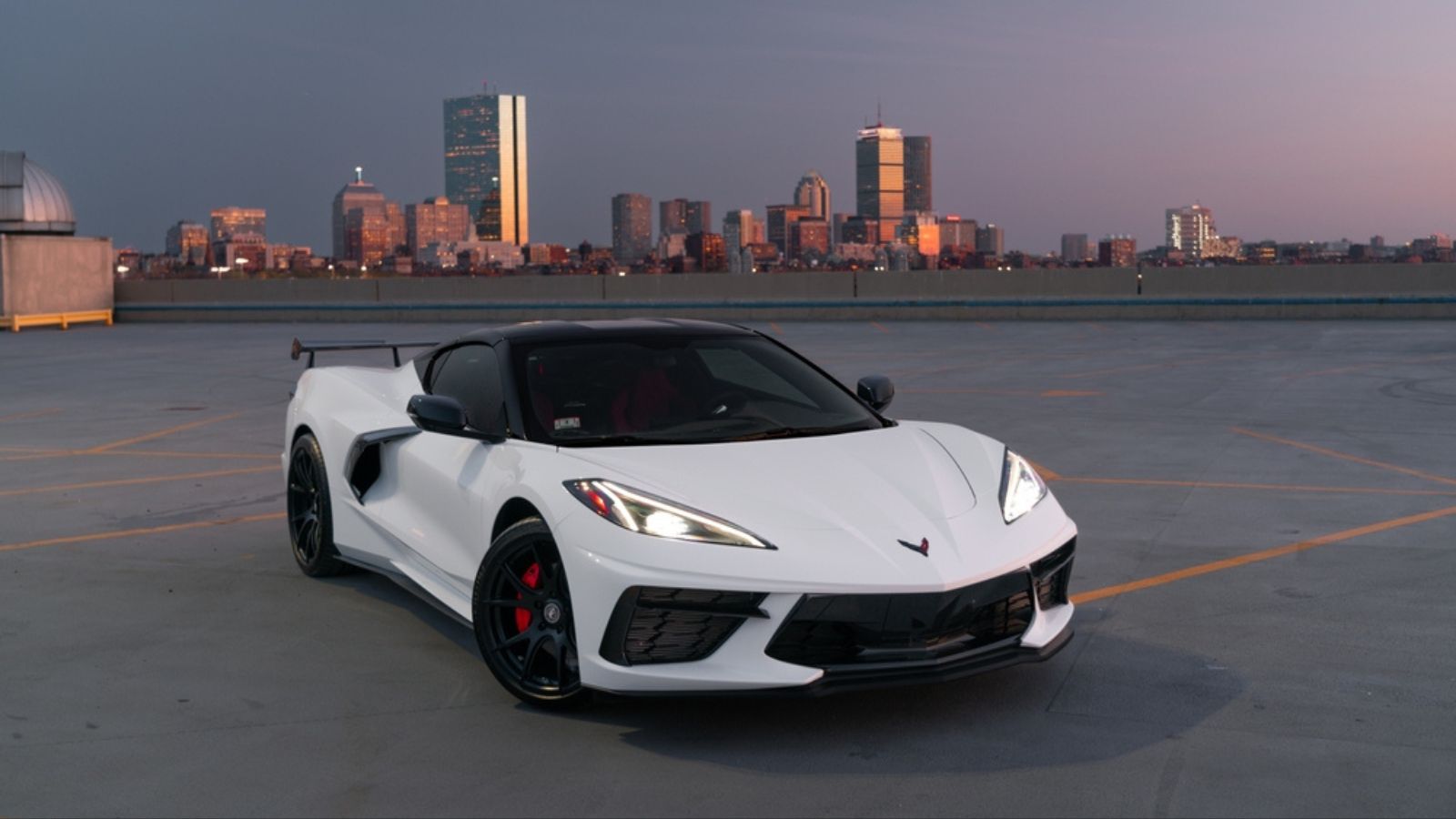
A Canadian favorite with a U.S. price tag that once saved buyers over $10,000, the C8 Corvette Stingray, especially in the 3LT trim with its 495-hp mid-engine V8, was prime for import. But tariffs and added scrutiny on performance vehicles changed everything. Customs delays, compliance with bilingual labeling laws, and the threat of voided warranties made it too risky. The legendary ‘Vette deal disappeared, and Canadian fans now either wait longer or pay much more, without the thrill of outsmarting the system.
25 Facts About Car Loans That Most Drivers Don’t Realize

Car loans are one of the most common ways people fund car purchases. Like any other kind of loan, car loans can have certain features that can be regarded as an advantage or a disadvantage to the borrower. Understanding all essential facts about car loans and how they work to ensure that you get the best deal for your financial situation is essential. Here are 25 shocking facts about car loans that most drivers don’t realize:
25 Facts About Car Loans That Most Drivers Don’t Realize
